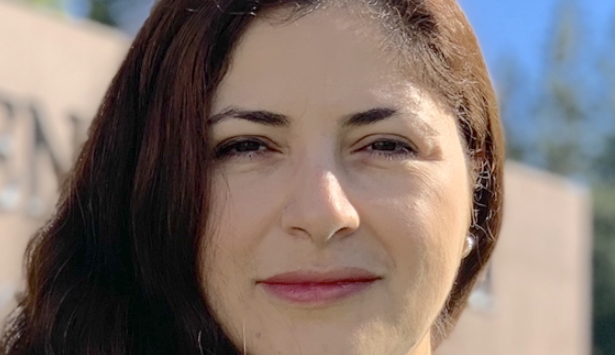Within the existing body of activity scheduling behavior models, the Household Activity Pattern Problem (HAPP) model is an activity-based model characterized by a rigorous mathematical programming formulation. The HAPP model can deal with detailed activity patterns including spatial, temporal, personal and modal information with complex constraints. The HAPP model is in the form of a Mixed Integer Programming model (MIP) which includes both continuous variables and discrete variables. Such temporal attributes of an activity pattern as starting time, duration and ending time are continuous variables, and those spatial attributes associated with the sequencing of activities, travel modes, participation persons and vehicles are discrete variables.
As formulated, the HAPP model is a constrained utility maximizing model. Empirical application of the model to a demand context involves estimation of the components of the objective function, based on data from observed patterns. However, due to computational difficulties in HAPP model, genetic algorithms (GA) have been proposed to estimate the set of factors influencing the objective function that “best” reproduces the observed spatial and temporal interrelationships. The fitness score in the GA approach used to evaluate the quality of the representation is the difference between the observed activity pattern scheduling (OAPS) and predicted activity pattern scheduling (PAPS), or the similarity between the two.
In this dissertation, we propose a new similarity metric for the GA estimation procedure. The metric considers the problem based on the continuous representation of discrete activity variables along the temporal dimension. Three similarity judging rules work together to form the similarity definition of similarity metric. They are: the temporal overlap among activities of different type, correspondence between participant person and vehicle used for each activity; permutations in the temporal sequence of activities and activity duration length similarity. The estimation procedure is tested on data drawn from a well-know activity/travel survey.

Speakers

Junping Duan
speaker
Upcoming Events

November 7, 2025 @ 10:00am
